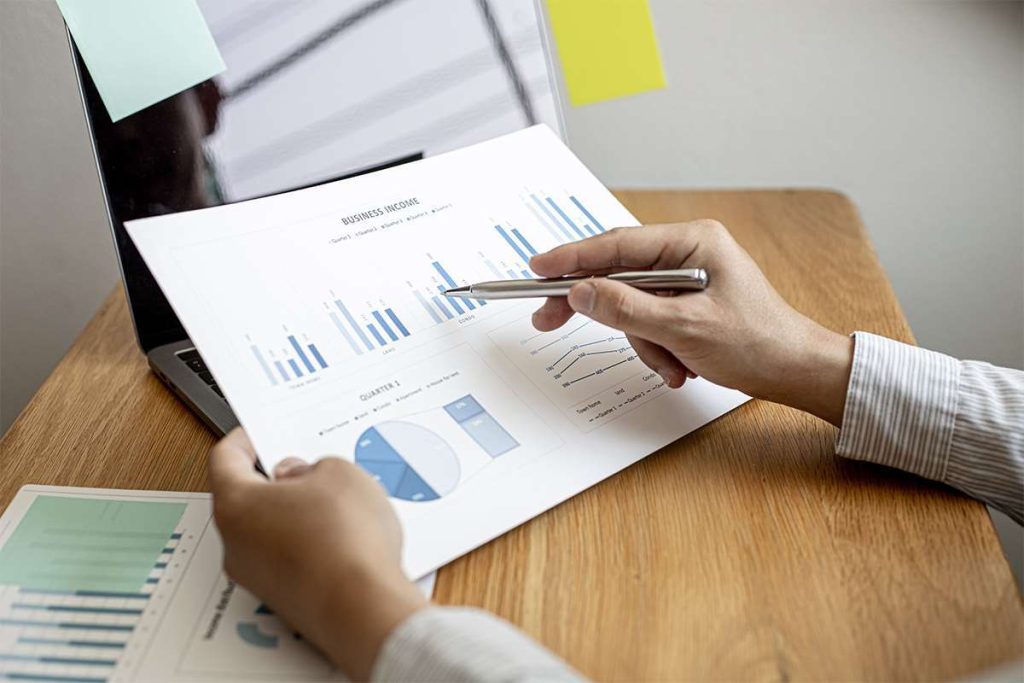
Typically, accountants switch from double declining to straight line in the year when the straight line method would depreciate more than double declining. For instance, in the fourth year of our example, you’d depreciate $2,592 using the double declining method, or $3,240 using straight line. Now you’re going to write it off your taxes using the double depreciation balance method.
How to plan double declining balance depreciation
You’ll have your Profit and Loss Statement, Balance Sheet, and Cash Flow Statement ready for analysis each month so you and your business partners can make better business decisions. Insights on business strategy and culture, right to your inbox.Part of the business.com network. For the past 52 years, Harold Averkamp (CPA, MBA) hasworked as an accounting supervisor, manager, consultant, university instructor, and innovator in teaching accounting online. For the past 52 years, Harold Averkamp (CPA, MBA) has worked as an accounting supervisor, manager, consultant, university instructor, and innovator in teaching accounting online. Get instant access to video lessons taught by experienced investment bankers.
Double-Declining Balance (DDB) Depreciation Method: Definition and Formula
If you’re brand new to the concept, open another tab and check out our complete guide to depreciation. Then come back here—you’ll have the background knowledge you need to double declining balance method learn about double declining balance. To use the template above, all you need to do is modify the cells in blue, and Excel will automatically generate a depreciation schedule for you. If you need expert bookkeeping assistance, Bench can help you get your books in order while you focus on what’s important for your business.
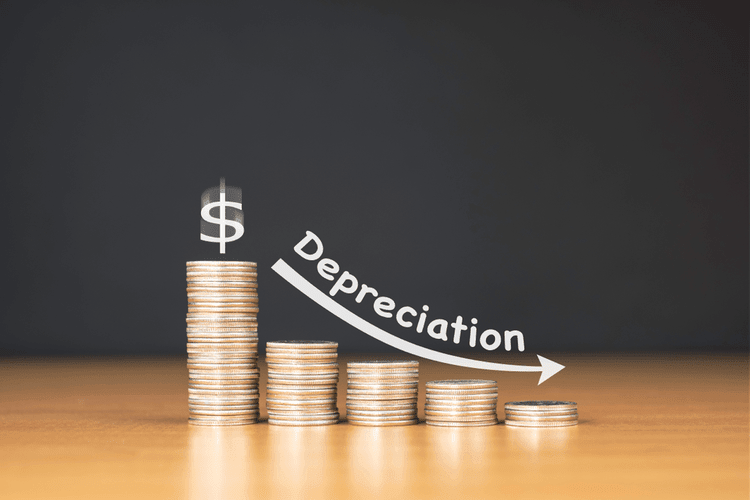
Building Better Businesses
- The double declining balance method calculates depreciation by applying a constant rate to an asset’s declining book value.
- She holds a Bachelor of Science in Finance degree from Bridgewater State University and helps develop content strategies.
- Don’t worry—these formulas are a lot easier to understand with a step-by-step example.
- It will appear as a depreciation expense on your yearly income statement.
- It is expected that the fixtures will have no salvage value at the end of their useful life of 10 years.
Explore the double declining balance method for depreciation, focusing on calculation, adjustments, and financial reporting insights. Under the generally accepted accounting principles (GAAP) for public companies, expenses are recorded in the same period as the revenue that is earned as a result of those expenses. In summary, the choice of depreciation method depends on the nature of the asset and the company’s accounting and financial objectives. DDB depreciation is less advantageous when a business owner wants to spread out the tax benefits of depreciation over a product’s useful life. This is preferable for businesses that may not be profitable yet and, therefore, may be unable to capitalize on greater depreciation write-offs or businesses that turn equipment assets over quickly.
Ways to Finance Your E-Commerce Business
- Under the DDB depreciation method, the equipment loses $80,000 in value during its first year of use, $48,000 in the second and so on until it reaches its salvage price of $25,000 in year five.
- Accelerated depreciation techniques charge a higher amount of depreciation in the earlier years of an asset’s life.
- While the double declining balance method emphasizes rapid depreciation, the salvage value plays a role in ensuring total depreciation does not reduce the book value below this amount.
- Certain fixed assets are most useful during their initial years and then wane in productivity over time, so the asset’s utility is consumed at a more rapid rate during the earlier phases of its useful life.
- In other words, it records how the value of an asset declines over time.
- Given its nature, the DDB depreciation method is best reserved for assets that depreciate rapidly in the first several years of ownership, such as cars and heavy equipment.
For example, if an asset has a salvage value of $8000 and is valued in the books at $10,000 at the start of its last accounting year. In the final year, the asset will be further depreciated by $2000, ignoring the rate of depreciation. After the first year, we apply the depreciation rate to the carrying value (cost minus accumulated depreciation) of the asset at the start of the period. This is the fixture’s cost of $100,000 minus its accumulated depreciation of $36,000 ($20,000 + $16,000).
The underlying idea is that assets tend to cash flow lose their value more rapidly during their initial years of use, making it necessary to account for this reality in financial statements. The Double Declining Balance Method, often referred to as the DDB method, is a commonly used accounting technique to calculate the depreciation of an asset. In this comprehensive guide, we will explore the Double Declining Balance Method, its formula, examples, applications, and its comparison with other depreciation methods. Once the asset is valued on the company’s books at its salvage value, it is considered fully depreciated and cannot be depreciated any further. However, if the company later goes on to sell that asset for more than its value on the company’s books, it must pay taxes on the difference as a capital gain. What it paid to acquire the asset — to some ultimate salvage value over a set period of years (considered the useful life of the asset).
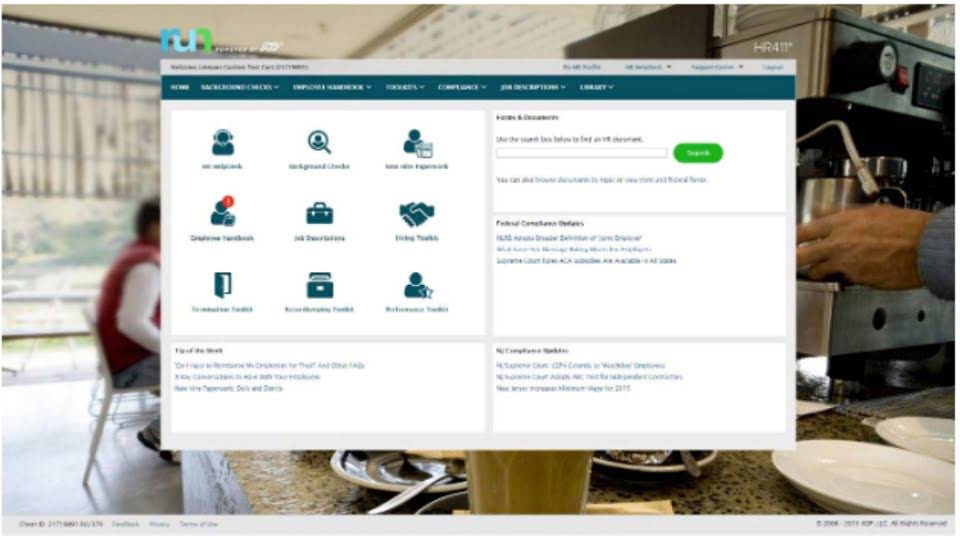
When it comes to taxes, this approach can help your business reduce its tax liability during the crucial early years of asset ownership. Here’s the depreciation schedule for calculating the double-declining depreciation expense and the asset’s net book value for each accounting period. In case of any confusion, you can refer to the step by step explanation of the process below. Of course, the pace at which the depreciation expense is recognized under accelerated depreciation methods declines over time. The declining balance method is one of the two accelerated depreciation methods and it uses a depreciation rate that is some multiple of the straight-line method rate.
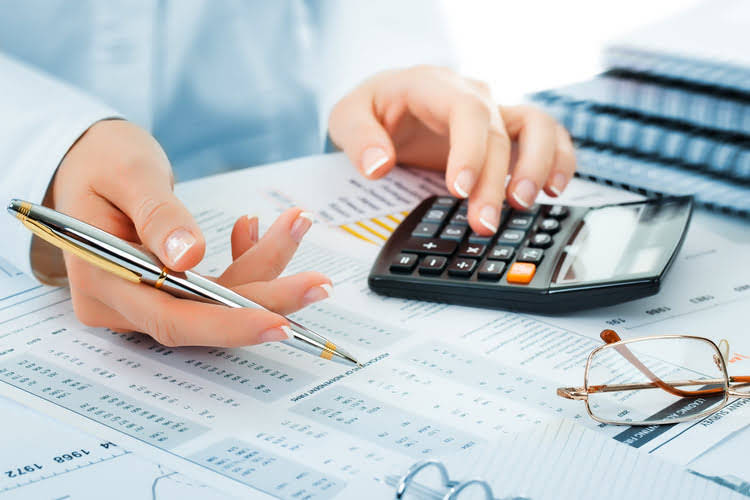
What are other accelerated depreciation methods?
As the asset’s book value decreases, the depreciation expense also https://www.bookstime.com/bookkeeping-services/minneapolis decreases. Because the equipment has a useful life of only five years, it is expected to lose value quickly in the first few years of use. For this reason, DDB is the most appropriate depreciation method for this type of asset. Consider a widget manufacturer that purchases a $200,000 packaging machine with an estimated salvage value of $25,000 and a useful life of five years.
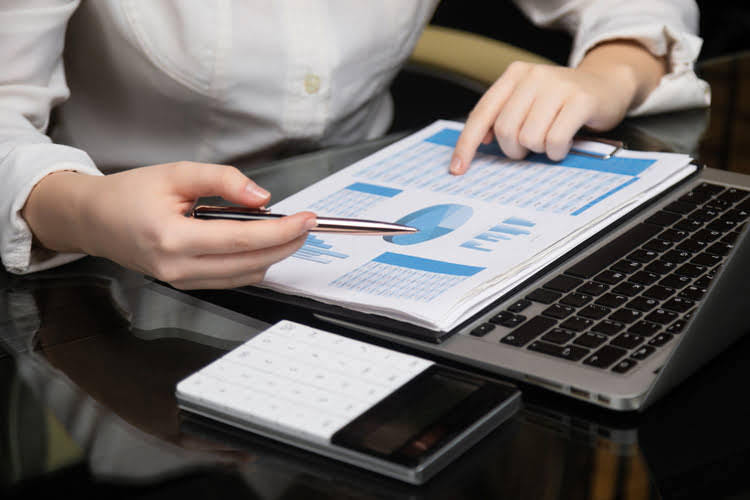
One such method is the Double Declining Balance Method, an accelerated depreciation technique that allows for a more significant portion of an asset’s cost to be expensed in the earlier years of its life. The double declining balance method (DDB) describes an approach to accounting for the depreciation of fixed assets where the depreciation expense is greater in the initial years of the asset’s assumed useful life. The double declining balance method significantly influences how depreciation is recorded for financial reporting.
